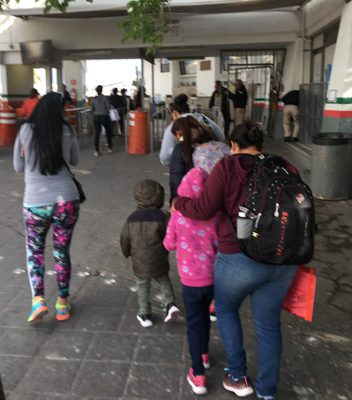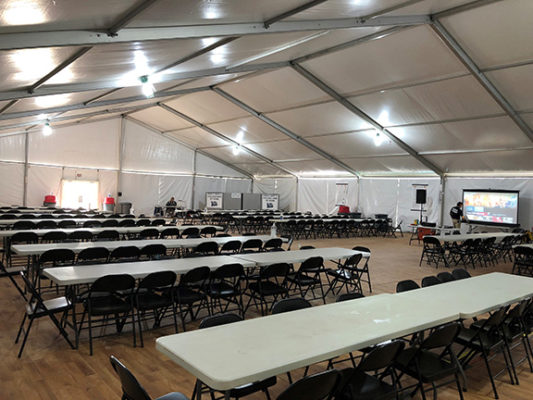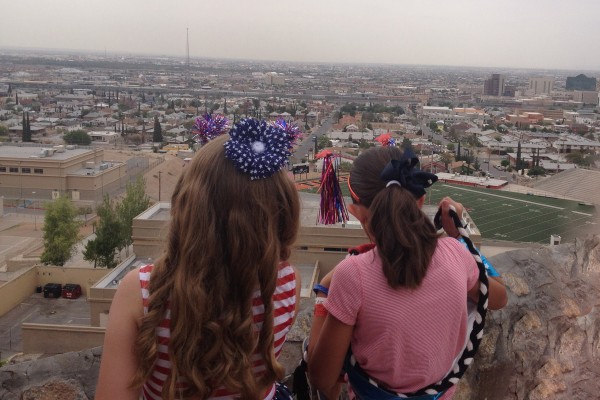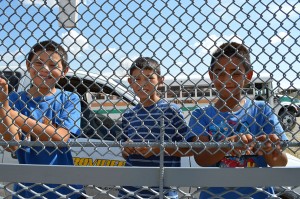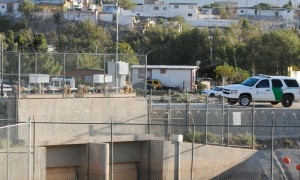Guatemalan family first to be deported from U.S. in Trump’s ‘remain in Mexico’ program
|
A 30-year-old Guatemalan woman and her two sons on Friday became the first people to be deported from the United States while taking part in a controversial Trump administration program that requires some migrants to remain in Mexico while their U.S. immigration cases are heard. “Over there (in Guatemala), if they do something to me my children have somewhere to go. Over here (in Mexico,) they have nothing if something happens to me,” Karla told immigration judge Nathan Herbert in El Paso. Borderzine is not using her full name because she said her family faces threats in Guatemala. More: On Mexico’s southern border, migrants seek to survive one day at a time
‘Uncaged Art’ exhibit gives voice to migrant children detained in Tornillo tent city
Karla, her 9-year-old son Eddin and her 11-month-old son Ian entered the United States in El Paso on March 25, according to court documents.
